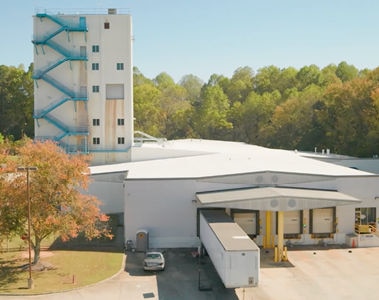
How ISO & FAMI-QS Certifications Strengthen Customer Trust
20 Oct 2025
When it comes to feed safety and consistency, customers need more than promise- they need proof. Across our North American operations, we hold both ISO 9001:2015 and FAMI-QS certifications, in addition to meeting all CFIA and FDA requirements. These frameworks go beyond compliance; they give customers confidence that every premix is produced with consistency, safety, and transparency in mind. Learn how internationally recognized quality systems strengthen customer trust and support the future of feed manufacturing.


